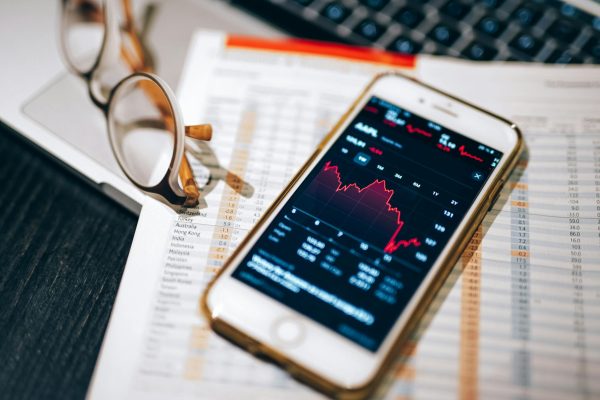
Navigating the Wild West of Crypto: Mastering Risk Management
Ever thought about what it feels like to ride a roller coaster? The excitement, the anticipation, and, of course, that stomach-dropping moment when you realize you’re plummeting down? That’s pretty much what diving into cryptocurrency trading feels like. But unlike an amusement park ride, there’s no safety bar to keep you secure. So, how do you manage the twists and turns of this digital roller coaster? Let me tell you a little story. Imagine you’re at a party, chatting with friends about the latest crypto trends. One of your buddies just made a killing with some altcoin, and suddenly you feel that itch to jump in. You start Googling, reading up on the next big thing, and before you know it, you’ve invested a chunk of your savings. But here’s the kicker—you didn’t think about what could go wrong. And that’s where the adventure can turn into a nightmare. Risk management in this game isn’t just a fancy term thrown around by financial gurus; it’s like your trusty compass guiding you through the fog. Without it, you’re just wandering aimlessly, hoping for the best. So, what does effective risk management look like? Let’s break it down: Set Clear Limits: Picture this: You’ve got a limit on how much you’re willing to lose. Maybe it’s 10% of your total investment. Stick to it! If you hit that mark, it’s time to reassess your strategy. This isn’t just about profits; it’s about protecting what you’ve worked hard for. Diversification is Key: Don’t put all your eggs in one basket. Spread your investments across different coins. Think of it as planting a garden—some flowers might bloom, while others might wither away. It’s all part of the process. Stay Informed: The crypto world changes faster than a cat can blink. Keep an eye on market trends, news, and regulatory changes. It’s like keeping your ear to the ground. The more you know, the better equipped you are to make smart decisions. Use Stop-Loss Orders: This is your safety net. A stop-loss order can automatically sell your assets if they drop to a certain price. Think of it as a lifebuoy thrown your way during a storm. It won’t prevent the storm, but it can save you from sinking. Emotional Control: Let’s be real—trading can be an emotional roller coaster. Fear and greed can drive decisions that lead to losses. Take a breath. Sometimes, stepping back and looking at the bigger picture can change everything. Now, I know what you might be thinking: “But what if I miss out on the next big thing?” Here’s the thing—missing out is part of the game. You can’t catch every wave, and that’s okay. What’s more important is creating a strategy that works for you and sticking to it. Remember, it’s not just about making quick bucks; it’s about building a sustainable approach to investing. So, as you navigate through the thrilling world of crypto, keep these risk management strategies close to your heart. They can mean the difference between a wild ride and a catastrophic fall. And who knows? With the right approach, you might just come out on top, enjoying the view from the peak instead of scrambling to recover from a plummet. After all, isn’t the goal to enjoy the journey as much as the destination?

